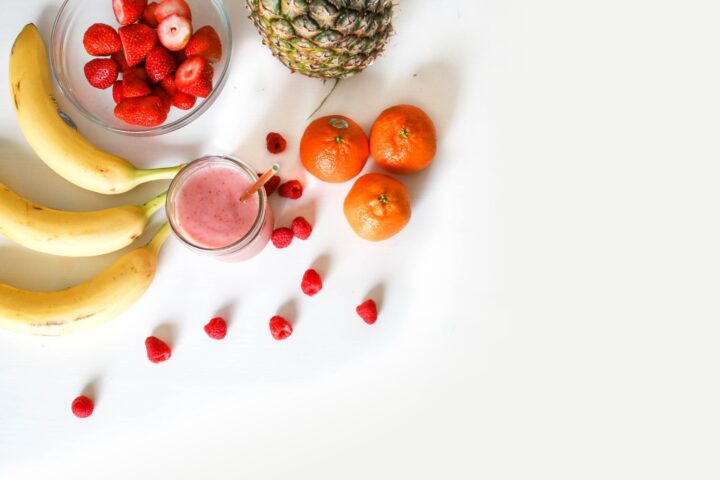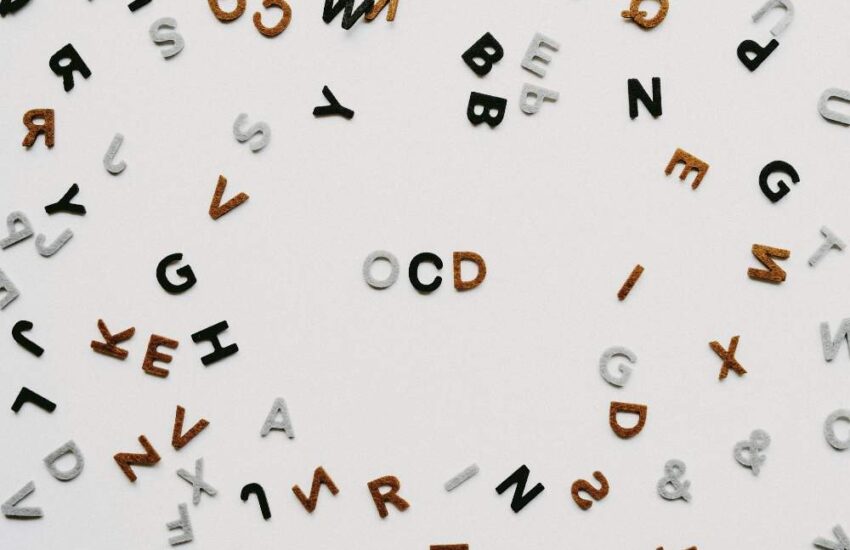How to Build a Healthy Eating Pattern
The diet plan is intended for everyone who wants to bring their body into balance, regulate their body weight, and feel healthier and more energetic.
A healthy diet is a prerequisite for the good health of the whole body, so we have prepared a few tips for you on how to create your diet plan, which will help you to acquire healthy habits in a faster and easier way with the help of foods important for your body.

Consider Intermittent Fasting
Intermittent fasting is one of the world’s most popular fitness and health trends. In addition, this type of fasting can be combined with a diet, which improves the results.
Scientific research confirms numerous benefits such as fat loss, better health, and longevity, and practitioners claim that intermittent fasting is easier to maintain than traditional diets. It is important to note that, if you go for intermittent fasting, it is traditionally an integral part of many religions.
For example, Christianity, Islam, Buddhism, etc. Intermittent fasting is intended for everyone who wants to build a good diet plan, lose weight, and achieve their best appearance, as well as all those who care about their health.
Familiarize Yourself With the Correct Selection of Foods
In short, say DEFINITELY NO – to sweets, snacks, “purchased juices” (regardless of the convincing naturalness label), junk-food specialties (fast food), meat products, dried meat products, oil (refined oils, frying in oil), margarine, and all white flour products. Generally speaking, your biggest problem is processed food.
Know the Nutritional Value of Foods
All the foods we have on the table are mixtures of micronutrients (vitamins, minerals) and macronutrients (proteins, carbohydrates, fats, fibers), and of course, there are various other substances with greater or lesser benefits (antioxidants, etc.) or harm (additives, preservatives, flavor enhancers, etc.) to our health.
So, we emphasize again – industrially processed food is your biggest enemy!
Learn what counts – e.g. in the case of protein, we focus on proteins of animal origin (meat, cheese, eggs, fish, etc.); in the case of carbohydrates, we must have insight into the proportion of digestible carbohydrates (starch, simple carbohydrates) and fiber (indigestible carbohydrates).
No Skipping Breakfast
- In this meal, provide your body with enough protein of high biological value – 30 to 50 g (from meat, eggs, fish, cheese)
- Eat healthy fats – ideally nuts (walnuts, peanuts, almonds, hazelnuts…)
- Emphasize complex carbohydrates and fiber sources (fibrous vegetables), which will prevent rapid and sudden insulin spikes, but there will be enough carbohydrates to compensate for “night hunger” and prevent glyconeogenesis… (a suggestion: rice galettes with salad from fibrous vegetables – beets, cabbage with the addition of lemon juice.)
A Pre-Workout Meal Is the Best Anti-Catabolic
You should eat about 2 hours before training; the time interval can be shorter but never go to training less than an hour after a meal.
Before training, you need carbohydrates that do not enter the bloodstream too quickly, that are “slowly digested” (low GI), and that will “gradually” provide energy during training (whole grain rice, potatoes, oatmeal, pasta, and wholemeal bread; beans; with the addition of fibrous vegetables – cabbage, lettuce, and broccoli).
Proteins should come from red and white meat, eggs, and cheese, and they will keep amino acids at a high level in the blood during training (because they are digested more slowly).
Meal After Workout
Your goal is to restore glycogen depots (the reserve hydrate of our body – energy depots in the liver and muscles) that were “exhausted” during strenuous training.
Sufficient carbohydrate and protein intake after training has the function of stimulating insulin secretion (the anabolic effect of insulin on glycogen and “muscle proteins”).
After the training, a period of 2 hours “immediately after” is very important, when it is necessary to enter a hundred more building materials, preferably in two smaller meals or “PWM (post-workout meal)” and a “concrete”, solid meal after about 60 min.
After training, it is important to include simple carbohydrates along with proteins. If you decide on fruit as a source of simple carbohydrates, you should choose one that has less fructose and more glucose, such as bananas and raisins. With fructose, there is neither the desired insulin spike nor the restoration of “muscle glycogen,” so you should opt for glucose.
Meal Before Rest – Dinner
Unless you are gifted with a super fast metabolism, you should forget the thought of consuming any form of carbohydrates (except fiber) late at night (the meal before bed). Eating carbohydrates late at night interferes with the release of growth hormones and promotes fat storage while we sleep (the insulin effect).
Therefore, it is preferable to have “only” proteins and healthy fats in the meal before going to bed.
Hopefully, the tips were helpful, and you will succeed in creating your ideal eating pattern!


